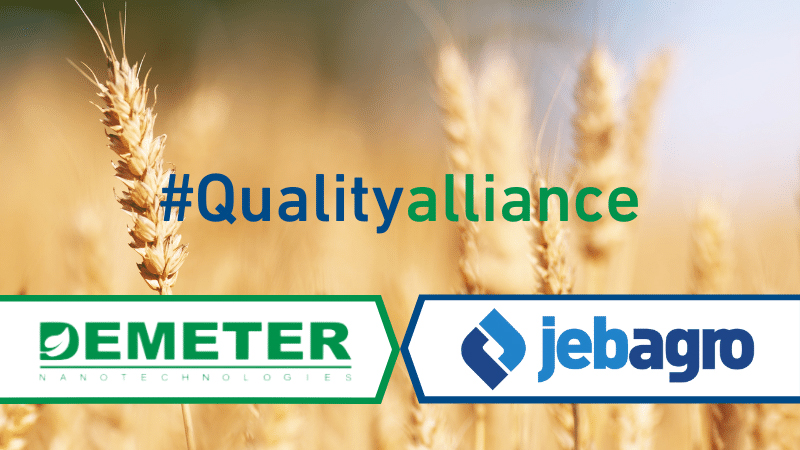Zimbabwe Works Toward Food Security
After two decades of declining food production in Zimbabwe, the former net-exporting bread basket for sub-Saharan Africa, agriculture technology is beginning to help the country wean itself off food assistance.
Government investment and a $70 million infusion from an international assistance program helped farmers subsidize costs for seed and crop inputs in 2010, creating one of the most productive agricultural years in decades. For the country’s main staple, corn, area rose 7% compared to last year to a 30-year high of 1.35 million tonnes, according to an analysis by FAO.
Despite the positive trend, Zimbabwe’s food demand still outstrips its production, which necessitates food assistance for a projected 1.68 million people next year.
“Zimbabwe has only 1.66 million tonnes of cereals available as against a total needs forecast of 2.09 million tonnes in marketing year 2010/11,” says Liliana Balbi, team leader for the FAO Global Information and Early Warning System. “That leaves a 428,000 tonne shortfall.”
In 2010, a cooperative input assistance program distributed 51,500 tonnes of fertilizers and 6,500 tonnes of corn seeds to 738,000 households. No-till practices were advocated as well along with a voucher system set up between farmers and suppliers. This year’s results ensure a similar program for next year.






